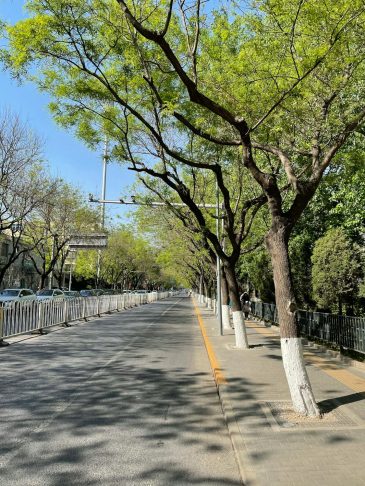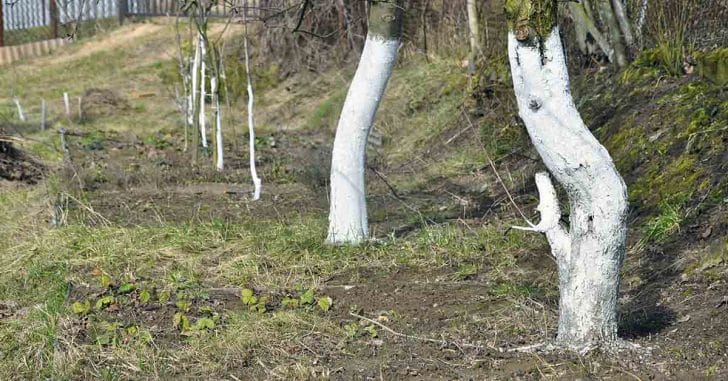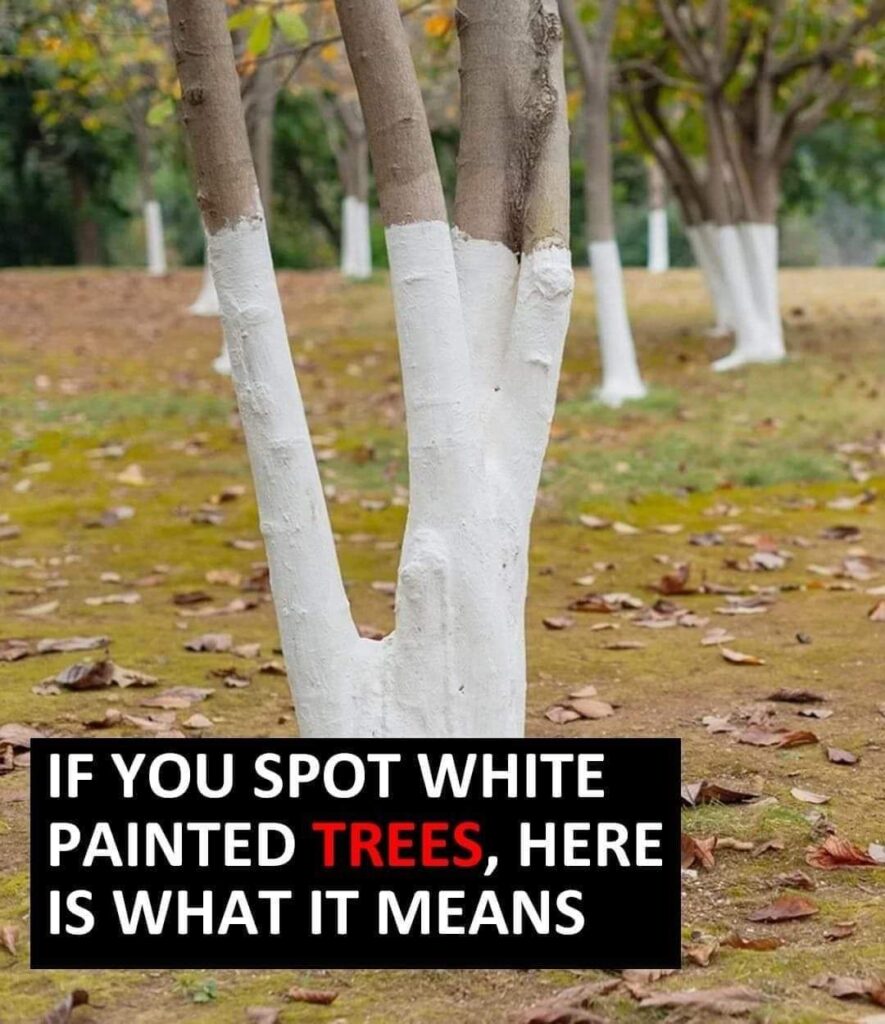This practice isn’t about aesthetics; rather, the paint serves to protect trees during their development.Nature is brimming with vivid colors. Trees alone display a wide range of hues, from the pink of cherry blossoms to the deep green of pines and the yellow of maple leaves. However, some trees have white bark—unlike naturally white-barked birches—due to human-applied paint.Why Are Some Trees Painted White?

You may have noticed that the lower trunks of some trees are painted white. This is to shield the bark from sunscald, a condition similar to sunburn in plants. Sunscald commonly occurs in winter when fluctuating temperatures—from cold nights to sunny days—can damage the bark. The white paint helps prevent the tree from overheating and cracking. Cracked bark can expose the tree to diseases, fungi, and pests.“This type of painting is usually done on young, thin-barked residential trees or in orchards,” explains Christopher Evans, an extension forestry and research specialist at the University of Illinois Urbana-Champaign. “The white paint helps moderate daytime heating of the bark and reduces the risk of sunscald.” This treatment is typically only needed for younger trees until they become more resilient. Additional Reasons for Painting Trees


